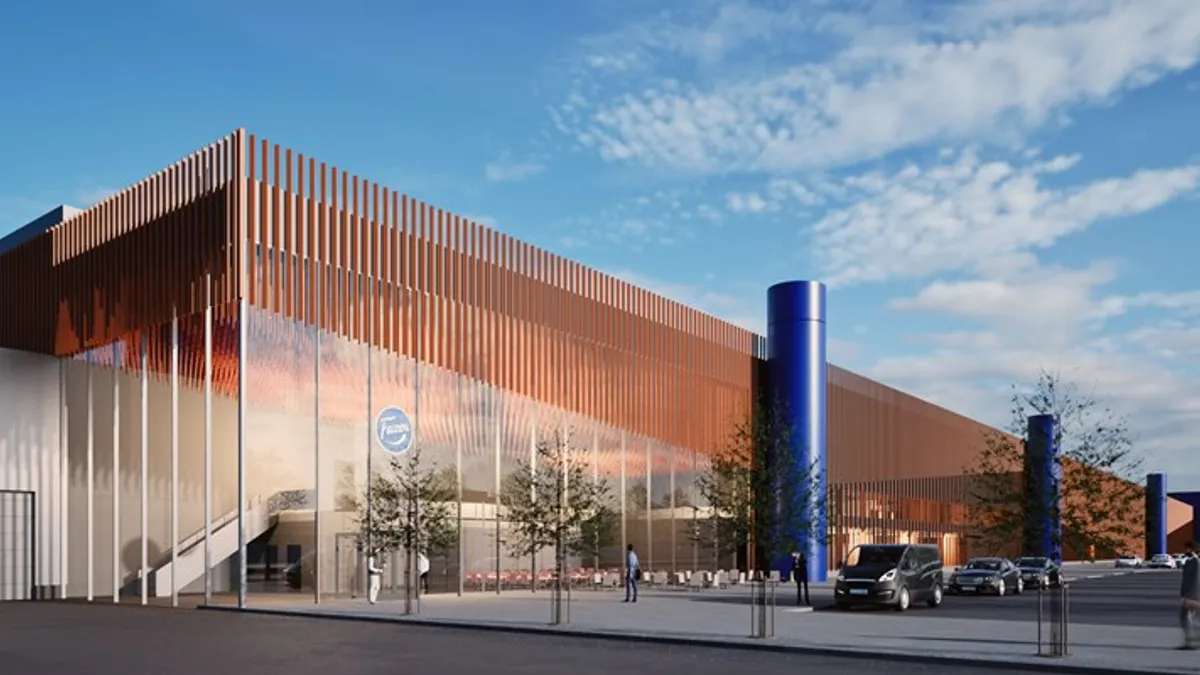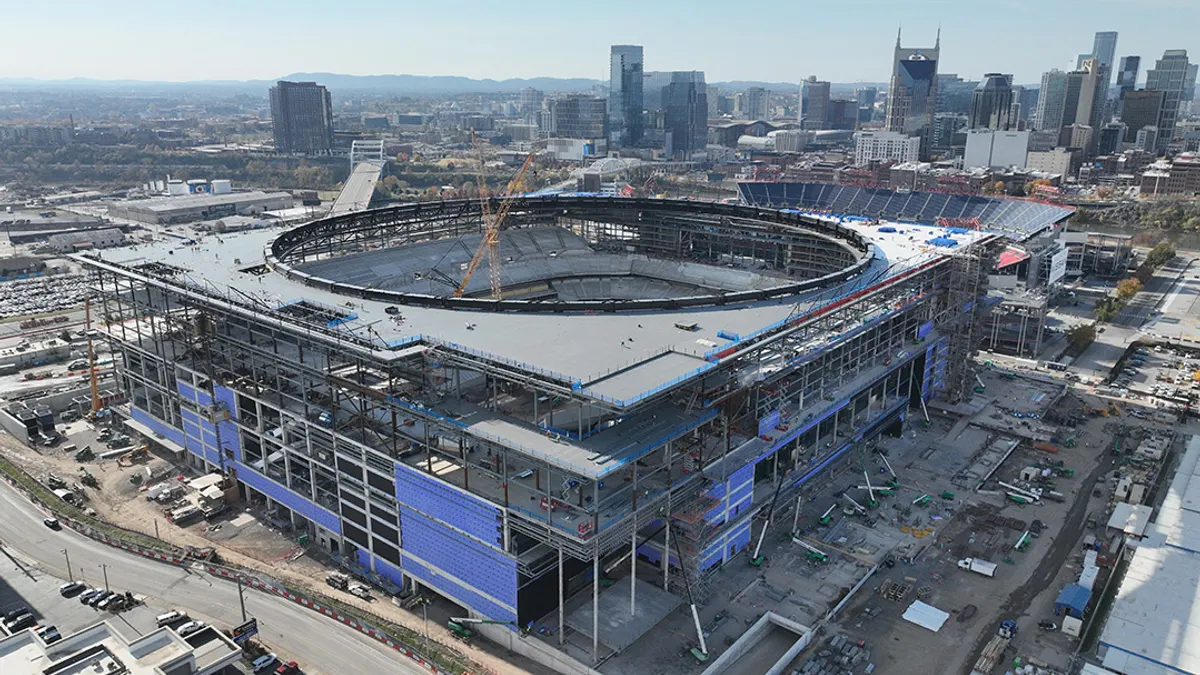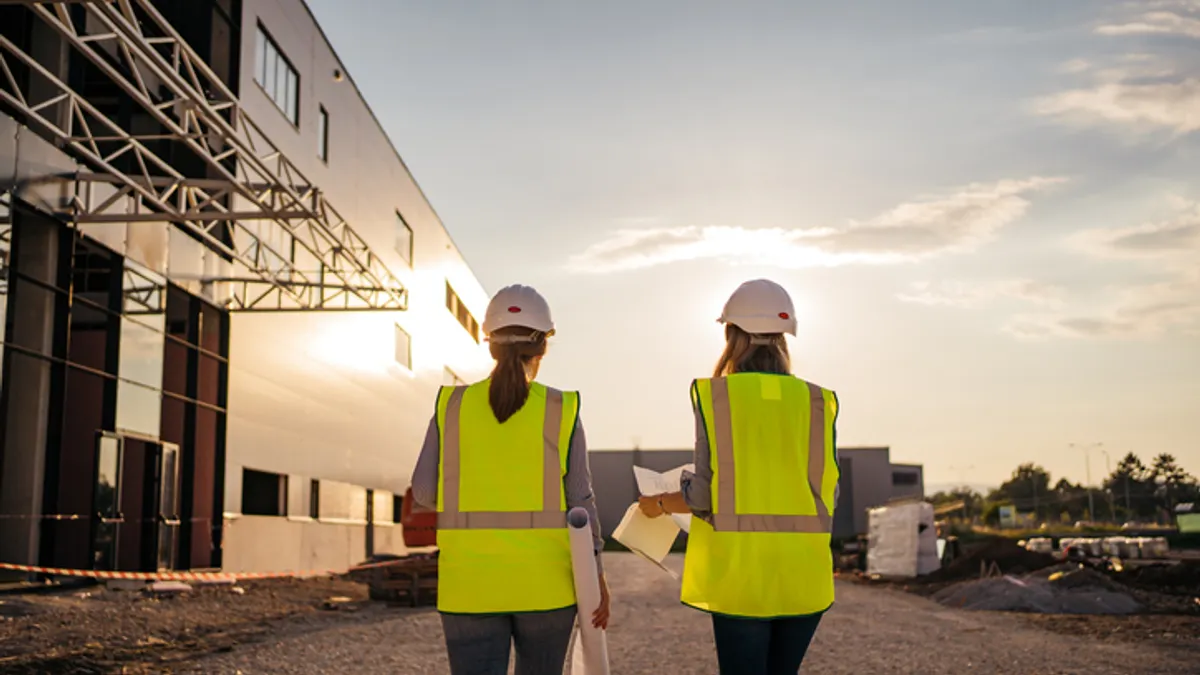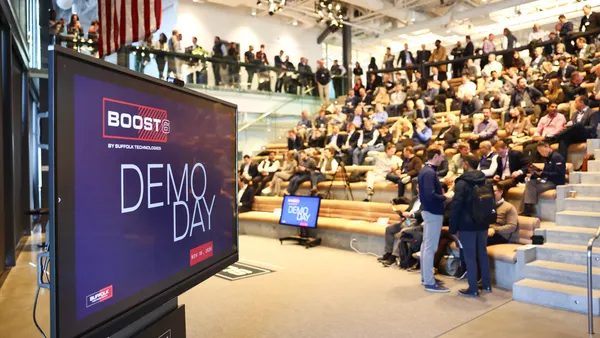Remaining selective and planning for risk have been key to Skanska’s profitability.
CEO Anders Danielsson said the firm has been more discerning about only taking on projects and clients in sectors where it has seen success in the past.
“We took important strategic positions some years ago to be more selective,” Danielsson told Construction Dive. “We have the right team in place.”
The chief of the Stockholm-based contractor spoke to analysts during a second quarter earnings call July 18, where the results showed that U.S. construction has continued to be the anchor of the firm’s success.
However, continued changes around tariffs have raised questions on pricing for materials, and that uncertainty has impacted project timelines and the ability for contractors to break ground. Danielsson said Skanska has seen minimal impact from the tariff policy thus far, and remained bullish for the future.
In part, that success is due to sourcing U.S. materials, he said, noting he hasn’t seen increased competition for those domestic products.
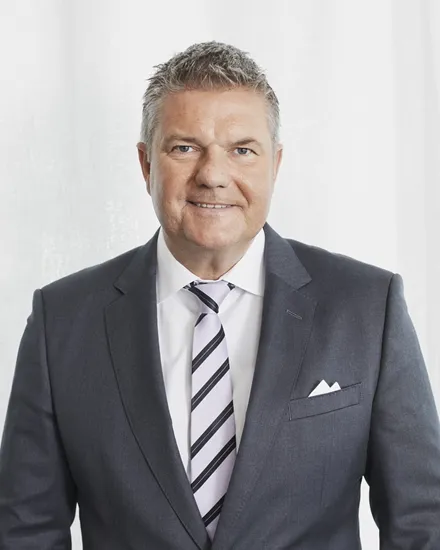
“We haven't seen a lot of [impact from tariffs], but we are careful to not to end up in a situation where we suffer from, like price increases,” Danielsson told Construction Dive after the call. “And so we are very careful before we bid for a project, we secure the prices from our suppliers.”
When price hikes do arise, Danielsson said Skanska has had success passing the difference back onto the client. As an example, he cited the firm successfully doing so when construction costs spiked during the COVID-19 pandemic.
Priority sectors
Within construction, the U.S. civil market remains one of the major success areas for Skanska.
Danielsson anticipates “strong demand for traditional infrastructure” in the states. He cited confidence for public funding to continue to flow to critical sectors such as schools, hospitals, airports and data centers.
In recent earnings reports, a sticking point for the firm has been commercial property development, especially as workers in the U.S. largely continued to work from home following the pandemic.
Though the firm’s outlook on commercial development for the next 12 months remains weak, Danielsson said a shift to quality, where companies target nicer offices in more attractive areas, continues to show promise.
“I'm sure most companies want their employees back to office,” Danielsson said. “So that trend will continue.”
By the numbers
Skanska’s Q2 operating income was 1.8 billion Swedish crowns ($186 million USD), a roughly 30% decrease for the same period in 2024. Much of the firm’s income came from construction — 1.7 billion crowns — with nearly half of that number attributed to its U.S. business.
Backlog remained high for the firm, though it was down slightly from a high point in Q4 of 2024. The firm had 268 billion crowns worth of work on its books at the end of the quarter, with 26.5 months of construction work in the U.S. alone.



